It has been nearly 20 years since the idea of "lucid waters and lush mountains are invaluable assets" was introduced. This time-honored concept, as the wheel of the times rolls forward, more and more manifest a strong vitality. And it has been integrated into people's daily life and is increasingly accepted by the public. Dr. Zhou Jinfeng, Secretary-General of China Biodiversity Conservation and Green Development Foundation (CBCGDF), explored what “lucid waters and lush mountains” are and how to truly protect the invaluable “lucid waters and lush mountains” from the perspective of biodiversity. And different ideas are welcome!
Full video is available in following URL:
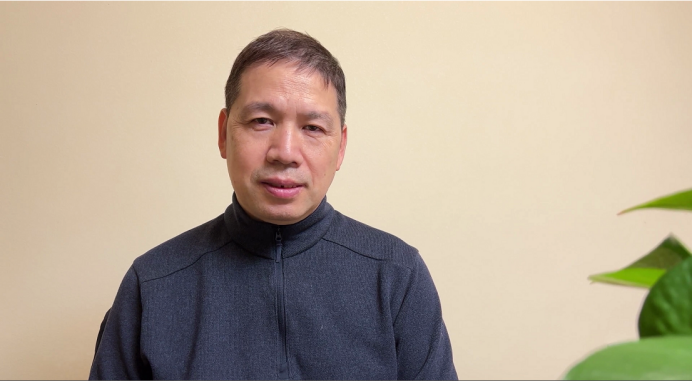
I. What is “lucid waters and lush mountains”?
“Lucid waters and lush mountains” literally refer to the natural environment, specifically mountains, water, forests, fields, lakes, grass, sand, ice, and profoundly speaking, lucid waters and lush mountains are “biodiversity” as a whole.

It is undoubtedly a misunderstanding of “lucid waters and lush mountains” by artificially planting more forests with a much greener color and replacing the natural forests with the planted forests. And another misunderstanding is about the wastelands along the coastline. Those wastelands and mudflats are truly invaluable “lucid waters and lush mountains” since they provide a perfect habitat and shelter for aquatic life including Sea cucumbers, crabs, turtles and many wild birds in spite of its desolately yellow color.
II. How to practice the protection of “lucid waters and lush mountains”?
Recently, I participated in a major expert meeting of ISO/TC 331 as an expert of the International Organization for Standardization, Biodiversity Expert Group.
In the discussion, we proposed three specific concepts in biodiversity conservation: protection(保护)、restoration(恢复)和conservation(保育), and further discussed the differences between them and the order in which they should be carried out in practice.

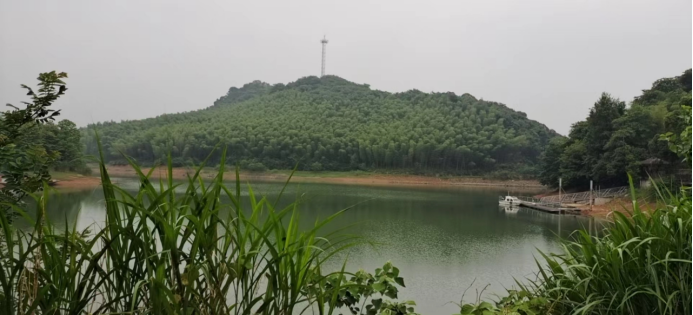

(i) About Protection
We all know that traditional protection is not to allow pollution (including air pollution, water pollution and solid waste pollution) where people dispose of the garbage by throwing it directly into nature. While today when we say “protection”, we actually mean to protect nature by preventing man-made destruction of nature. For example, it is a total destruction of nature to build a park under the disguise of “ecological project” since any disturbance or change to nature is destruction.
To prevent the “lucid waters and lush mountains” from destruction is our top priority for its protection, and the protection of nature is to prevent nature from major human interference. For example, a major water conservancy project that fundamentally changes nature should not be built if it is built to protect nature. If the water project is for irrigation and other purposes, that's fine. And setting up antennas/telephone lines, building railways/roads are all destructive to nature, but we can't be against them all because we need railroads and communications.
Then there comes a big problem: how to balance the construction & development and protection of nature. We have to take into environmental impact assessment (EIA) account when planning for a new project. Specifically, we need to do an assessment, to assess whether the damage to nature is equivalent to the service we are getting for human beings, and to assess whether the damage is fatal. While it is rather frustrating to see that the damage to the environment, the disturbance to nature, and the impact on biodiversity of the construction are basically not considered in most of the EIA reports today. To conserve the “lucid waters and lush mountains”, we need to ensure all projects in construction have gone through strict EIA, and consider how to minimize its impact on biodiversity, environment and nature.

(ii) About Restoration
To protect nature is to prevent excessive human interventions. In the process of industrial civilization, the mass constructions including the reclamation of land, the construction of canals, and the building of hydropower stations, are all huge disturbances to nature. What we should do after these disturbances is ecological restoration (生态恢复).
Specifically, instead of increasing the number of species, we should restore its original species; instead of planting new trees, we should restore its original trees, grasses and shrubs; and instead of digging a lot of water wells (because water is a very important part of ecology), we should think about how to restore the original ecology in water-rich areas and water-scarce areas.
We must not carry out a lot of ecological projects in northern China facing serious water scarcity, including digging one well after another or building one lake after another, which are serious ecological damages to nature. Building a lake with the anti-seepage membrane is repeatedly damaging to the ecology, and completely destroy the breathing, the energy and life exchange between the water and the soil, where there are a large number of microorganisms, organisms live. This is not ecological restoration, but ecological destruction.
The real ecological projects are to find ways to restore the ecology, which is called “ecological restoration”. Some famous wetland parks, invited a lot of experts, spending hundreds of millions of dollars, have failed to achieve the ecological effect. The problem is that they haven’t realized the essence of wetlands & crucial ecological effects of water nurturing all and regulating natural ecology.

(iii) About Conservation
Conservation means“保育”in Chinese. It is a total misunderstanding to regard it as “Conservation” to return the bird or pangolin encountered by the roadside to the so-called rescue centers, with those wild animals ending up in zoos or some other science bases. Then what is “Conservation”? Here comes three suggestions to help truly protect our "lucid waters and lush mountains”.
1) To minimize human interference with nature.
2) To restore nature.
3) To give nature a space to restore itself.
We should not be so obsessed with bird watching and ecological photography, but rather give nature peace and let nature stay away from human interference, which is the real core of conservation. For example, when birds migrate due to the natural change of seasons, we should not overfeed and let those rare birds stay, which is totally wrong, because migration is also a part of nature.
III. How to understand Lucid waters and lush mountains?
It is critically important for us to truly understand the essence of "lucid waters and lush mountains”, and put its protection into our daily practice, making it our first and top priority in learning and practicing the thought of ecological civilization. The only way we can work correctly is to seriously take ecological civilization thought as our guide, act according to the requirements of the ecological civilization era and the latest scientific and technological achievements of human beings in the ecological civilization era, and change our way of production and lifestyles.
Welcome to discuss with us (CBCGDF, a national society in the three fields of biodiversity, ecological civilization and green development) what "lucid waters and lush mountains” is, how we can truly protect the invaluable "lucid waters and lush mountains”, and how to learn & practice ecological civilization.
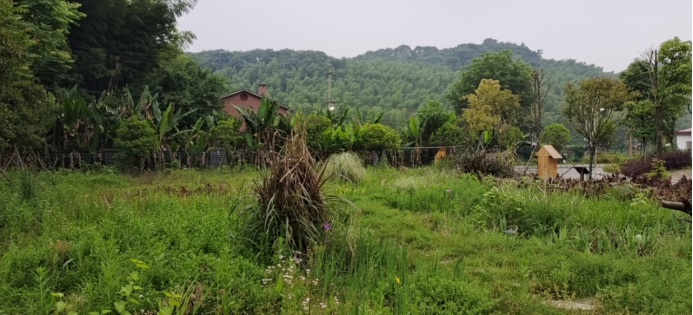
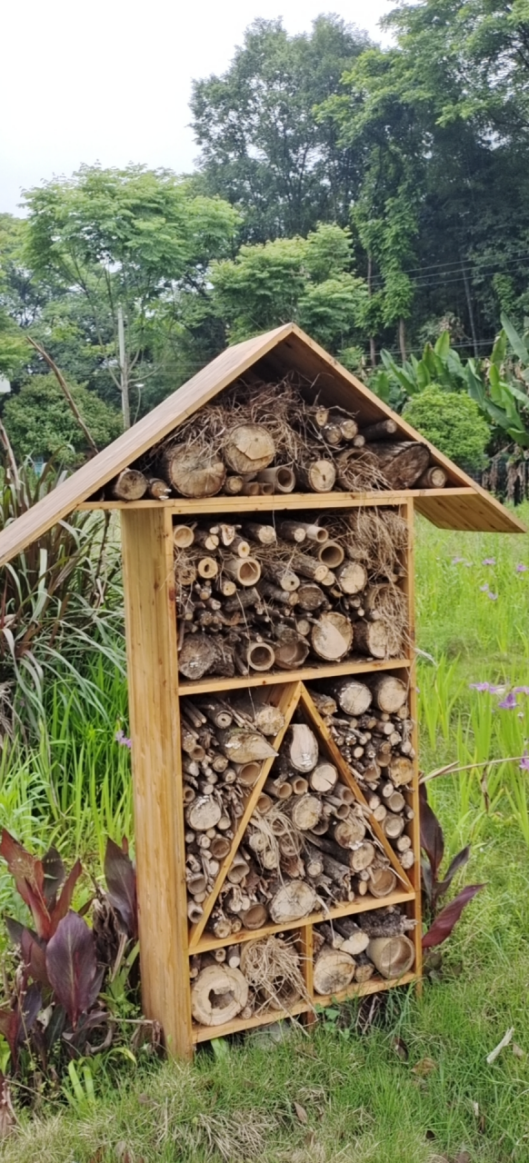
Original Chinese Article: https://mp.weixin.qq.com/s/3KZtgo6gbbAkGoPPDzSfKg
Translator: Samantha
Editor: Linda
(The translated version has not been verified with the speaker himself and is for reference only.)
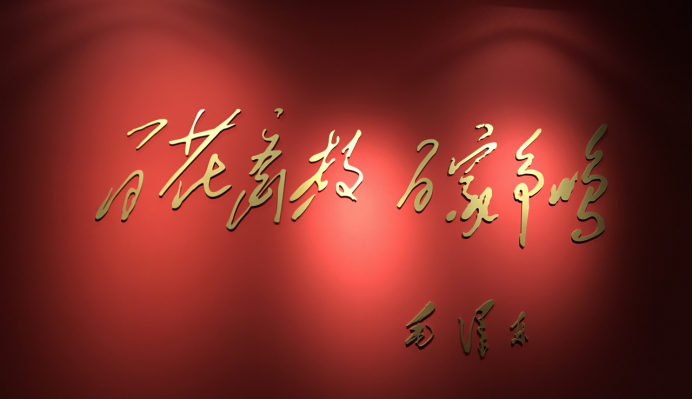
CBCGDF Media provides a communication platform for the explorers and thinkers of ecological civilization. Different opinions are welcome! Please leave your comments, if any.
Contact: V10@cbcgdf.org; +8617319454776

Contribution
Do you know? CBCGDF is a non-profit organization. We rely on crowd-funding and donations. You have the opportunity to help us to advance biodiversity conservation. Donate TODAY to power up the movement to make it a better world for all life.
https://www.paypal.me/CBCGDFChina
http://www.cbcgdf.org/English/ConfirmDonaTion/0.html
By the way, if you do not have PayPal, you can choose to transfer money to this bank account at
USD account: 327271546340 SWIFT: BKCHCNBJ110
All our donations will be public on our official website.
